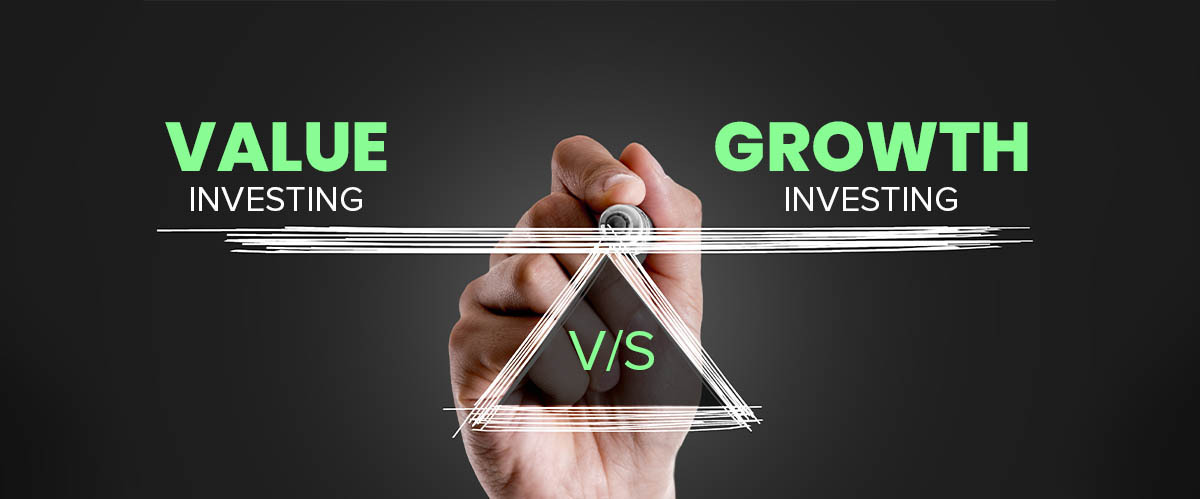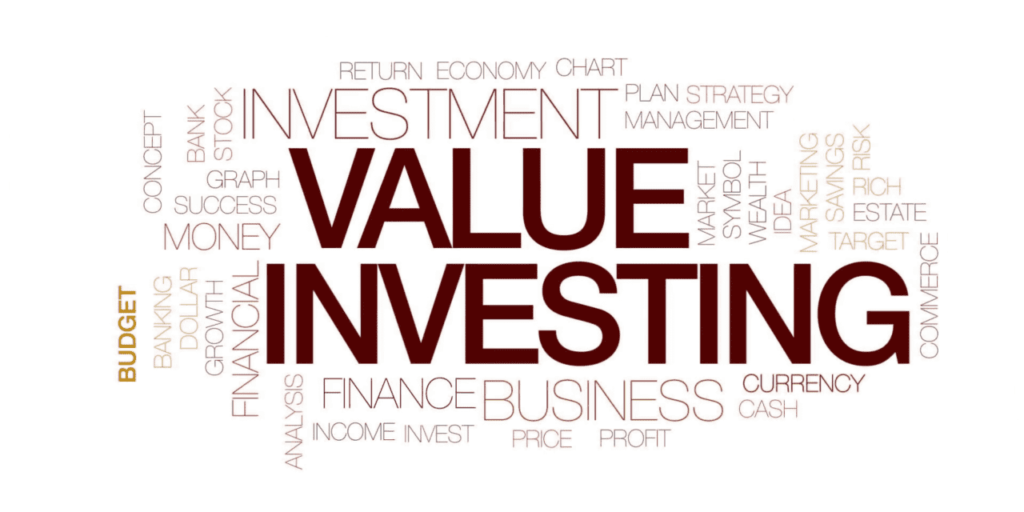What Are the Differences Between Growth and Value Investing?
- 1 Differences Between Growth and Value Investing?
- 1.1 Value Investing
- 1.2 Growth Investing
- 1.3 How Can Growth and Value Investment Connect?
- 1.4 Share of adults investing money in the stock market in the United States from 1999 to 2021
- 1.5 Which Is Preferable: Growth or Value?
- 1.6 What Is the Primary Distinction Between Growth and Value Investing?
- 2 Conclusion: Value or growth?
Growth and value portfolio managers are two common subsets of the equity investment management industry.
At a high level, these names allude to the investing philosophy that each adheres to. Both parties want to maximize profits, but they do so distinctively.
Differences Between Growth and Value Investing?
This post will go through the essential characteristics of each investment strategy.
Value Investing
These investors often acquire companies that are now out of favour and have a cheap value. They are wagering that the market’s sentiment will improve, causing the stock price to rise.
The causes for these companies’ undervaluation might range from a short-term incident like a public relations disaster to a longer-term issue like weak industry circumstances.
Such investors purchase undervalued stocks, and some very self-confident individuals take something like a 500-dollar loan for these purposes in the hope of a relatively quick profit, either in a particular market sector or across the board, hoping that as other investors catch on, the price will climb.
These companies often offer high dividend yields and low price-to-earnings ratios.
Value stocks are often priced substantially cheaper than comparable firms in the same sector.
This decreased price might represent a market response to recent corporate troubles, such as poor profits, unfavourable press, or legal issues, which could doubt the firm’s long-term prospects.
Stocks of new companies that investors have yet to discover may also be included in the value category.
Growth Investing
Growth investors often follow the market’s high flyers. You’ve probably heard financial firms say that previous performance doesn’t guarantee future outcomes.
This investment technique seems to contradict that notion.
Analysts believe that growth stocks have the potential to outperform either the entire market or a certain subsegment of them over time.
Growth firms target transitioning from tiny, up-and-coming enterprises to industry leaders as rapidly as feasible. Initially, these organizations tend to focus on increasing sales, frequently at the expense of postponing profitability.
While some firms’ profits may suffer during times of slower economic development, growth companies may be able to maintain strong earnings growth regardless of financial circumstances.
After a while, rising firms begin to prioritize profit maximization.
As those vital financial parameters improve, the company’s perceived value grows in the eyes of growth-minded investors.
How Can Growth and Value Investment Connect?
A stock’s value might shift to growth over time or vice versa. It’s also important to remember that investors in the argument between value and growth share the same objective: to buy cheap and sell high, but they approach it in various ways.
There are now more and more such investors because 55% of Americans aged 18 and over made stock market investments in 2020.
This figure may soon catch up with 2007 when 65% of Americans invested in the stock market. So this is the right time to decide which investment strategy you like best.
Share of adults investing money in the stock market in the United States from 1999 to 2021
Value investors seek firms that have previously shown their worth. These firms may have a lower stock price than it should be, but it may increase again to reflect this.
Growth investors seek firms with future potential and anticipate that the stock price will rise, even if it is relatively high when the company attains or surpasses that potential.
Which Is Preferable: Growth or Value?
Value stocks are regarded as less volatile and unpredictable because they are often found among more significant, more experienced corporations.
Even if they do not reach the target price projected by experts or investors, they may still give some financial advantage, and these corporations usually pay dividends.
Conversely, growth stocks often do not provide perks; instead, they reinvest reserves and excess into the firm to help it develop.
Loss risk for shareholders in growing firms is considerably more significant, particularly if the company fails to reach growth goals.
For example, the stock price may fall if a company’s much-anticipated invention fails or design flaws prevent it from working correctly.
Growth firms often provide the most significant potential reward as well as the most significant risk to owners.
What Is the Primary Distinction Between Growth and Value Investing?
The key difference between growth and value investing is that stocks are corporations traders feel are overvalued by the market.
Growth stocks, on the other hand, are companies that traders predict will generate above-average profits.
Development and value investment options are also available, which invest in value rather than growth.
Conclusion: Value or growth?
The debate between growth and value investment has raged for years, with each side providing facts to support its case.
According to specific research, value investment outperforms growth over long periods on a value-adjusted basis.
According to value investors, short-term thinking frequently drives stock prices to low levels, creating excellent purchasing opportunities.
Long-term investors may mix growth and value stocks or funds for significant returns with lower risk.
This strategy, in principle, enables investors to profit across economic cycles in which broad market conditions favour either the growth or value investing styles, smoothing any returns over time.



















